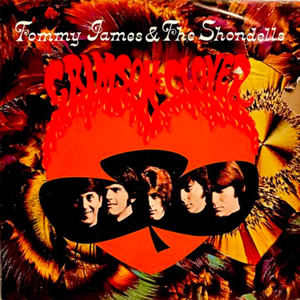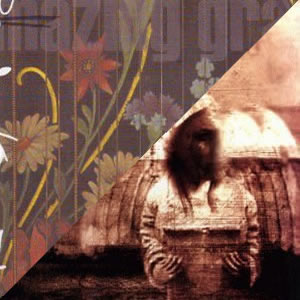Crimson and Clover by
Tommy James & the Shondells
Buy Crimson and Clover Tommy James and the Shondells hit their creative and commercial climax in 1969 with their sixth studio album, Crimson and Clover. This album combines some heavy psychedelic elements with […]


